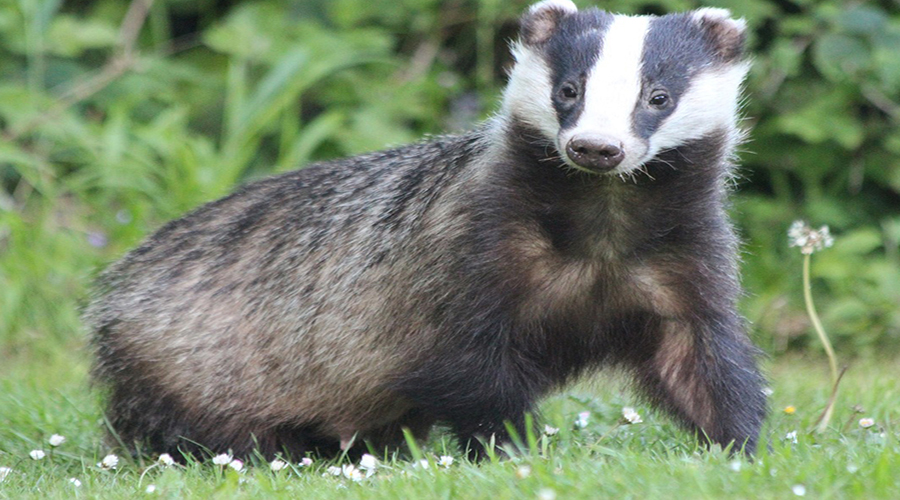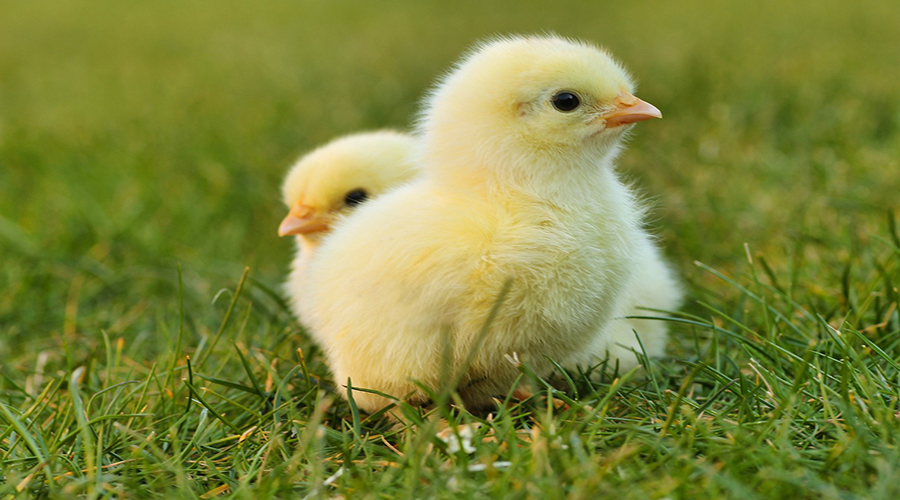An animal found throughout much of Africa, Southwest Asia, and the Indian subcontinent is the honey badger, also known as the ratel. On the IUCN Red List, it is categorized as least Concern due to its broad range and occurrence in a variety of environments.
In both the mustelid subfamily Mellivorinae and the genus Mellivora, it is the sole surviving species Contrary to popular belief, the honey badger shares more physical similarities with weasels than it does with other badger species.
Due to its thick skin, strength, and vicious defense skills, it is predominantly a carnivorous species with few natural predators.
Today, we will see the pose of The World Most Fearless Creature Honey Badger.
Let’s See Together…
Table of Content
Evolution
In Asia during the middle Pliocene, the species initially emerged. There are several extinct ancestors that date back at least 7 million years to the Late Miocene. These include the Pakistani Promellivora, the Chadian Howellictis, and the South African and Italian Mellivora Benfield.
The huge, long-legged Ekorus from Kenya and Eomellivora, which evolved into numerous distinct species in both the Old and New Worlds, are more distant relatives.
Subspecies
Indian Ratel
Description: smaller, lighter, and with a less pronounced lateral white stripe dividing the upper white and lower black parts of the body, distinguishable from capensis.
Range: From Western Middle Asia, eastward to the Amu Darya, and northward to the Us yurt Plateau. Afghanistan, Iran, western Pakistan, and western India are included in its range outside of the former Soviet Union.
Nepalese Rater
Description: Its larger, woollier coat and overgrown hair on its heels set it apart from indica.
Range: Nepal and adjacent regions to its east.
White-baked Ratel:
Description: From the face to halfway down the tail, the entire upper side is pure creamy white with very little black hair admixture.
Range: Southern Morocco, West Africa, and the former French Congo
Distribution
From the Western Cape of South Africa to southern Morocco and southwestern Algeria, the honey badger’s range spans much of sub-Saharan Africa. Outside of Africa, it can be found in Arabia, Iran, and Western Asia on its way to Turkmenistan and the Indian Peninsula.
Up to 2,600 meters (8,500 feet) above sea level are reported to exist in the Moroccan High Atlas and 4,000 meters (13,000 feet) in Ethiopia’s Bale Mountains.
Habit and Diet
From southern Morocco to the southernmost point of Africa, as well as the Caspian Sea, Turkmenistan, Afghanistan, Nepal, and western India in Asia, are the native habitats of honey badgers.
They can be found in both forests and grasslands, but they prefer drier environments. Honey badgers can climb trees and are proficient swimmers.
With its powerful claws, the honey badger can dig holes up to 5 feet (1.5 meters) deep and up to 9 feet (3 meters) long. A solitary tube leads to a chamber where the honey badger rests; this chamber is typically empty. However, honey badgers aren’t afraid to use what’s already there to make a habitat, such as old termite mounds, tunnels beneath tree roots, and caverns in rocks. The dens of other animals like aardvarks.
Additionally, the honey badger lives in the burrows of springhares, yellow mongooses, bat-eared foxes, and Cape foxes.
Honey badgers are nocturnal animals that are exceedingly solitary and challenging to watch in their natural environment. They spend most of the day sleeping, balling themselves up to shield their faces and abdomens.
Family Life
Honey badgers typically live alone and have a loose home range that frequently overlaps. When they get together in their preferred hunting grounds, they can smell each other and roll around to leave scent marks on the ground
Honey badgers may grunt, squeak, hiss, and whine in addition to their deep, menacing growl.
To give birth and nurture her young, the female honey badger is left alone. For her unborn child, the pregnant woman digs a nursery chamber and lines it with grass. After a 7–10-week gestation period, one cub (rarely two) is born.
The baby’s eyes are closed, and it has pink skin and no hair. Its skin starts to turn grey at one week old, and fine grey hair starts to appear two weeks later. About a week later, the well-known white stripe appears.
The cub will have developed into an exact replica of its parents by the time it is close to three months old. It grows to adult size at 6 months but is not ready to leave the nest until it is between 14 and 2 years old because the baby needs time to learn critical hunting abilities.
Conservation
In some areas of their range, honey badgers are regarded as endangered because of human encroachment, which decreases their food source. People who keep bees for their honey are not fond of the honey badger, despite its sweet taste. Some beekeepers shoot any honey badgers they come across in order to protect their beehives.
Beekeepers have discovered that just raising the beehives a few feet off the ground deters honey badgers from climbing up to access them and protects the bees and their honey because honey badgers can’t jump.
It’s a win-win situation for everyone because a lot of beekeepers in Africa are now producing “badger-friendly honey”!
Appearance
What kind of animals are honey badgers? They actually resemble weasels more than other badgers, physiologically speaking. However, in common parlance, you could argue that honey badgers resemble skunks that have gotten larger.
There are 12 subspecies of honey badgers that scientists now recognize. All honey badgers, in general, have long bodies, broad backs, flat heads, short legs, small eyes, insignificant ear ridges, stumpy tails, and short muzzles. Their long, powerful claws are the only thing that isn’t little.
Animals like honey badgers are renowned for having skin that resembles steel. It can endure machete slashes and arrow piercings because it is thick and loose. They are also unaffected at all by porcupine pricks and bee stings.
However, bear in mind that honey badgers can grow to tremendous sizes in the right circumstances if you find yourself stranded in the bush. Three 40-pound females that researchers discovered in the Iraqi wild are good examples.
Behavior
Honey badgers are notoriously aggressive and grumpy animals in terms of behavior. Rats are vicious and fearless, and when there is no way to flee, they will attack practically any animal, even people.
Additionally, they arrogantly enter the dens of other animals and purposefully start battles. Discover more about the world’s toughest animals here. Honey badgers like to keep to themselves; however, breeding pairs do occasionally congregate in the spring.
Honey badgers are expert diggers who can construct long tunnels and burrows in less than 10 minutes, acting as Mother Nature’s digger. Sometimes, ratels will command the aardvark and warthog dens when they’re feeling sluggish.
Similar to skunks, honey badgers emit a foul smell to ward off predators. Honey badgers may more easily plunder hives for honey since their fragrance also paralyses bees.
Conclusion
Education and the conscious effort of conservationists and beekeepers to find environmentally friendly and economically viable options for keeping bee apiaries safe are two ways that conservation efforts can be accomplished.
Another way is to produce honey in a way that is badger-friendly and doesn’t harm the animals or population numbers.
The honey badger has now become a success story for conservation due to the effective implementation of conservation measures and solutions, but additional research on the sustainability of the honey badger is required.
The availability of badger-friendly goods in South Africa has increased as a result of conservation efforts and beekeeping cooperation. To preserve the safety and survival of this timid and obscure animal, efforts and products like these should be backed and promoted in other nations.
https://inventivemug.com/2023/07/27/the-world-most-fearless-creature-honey-badger/



